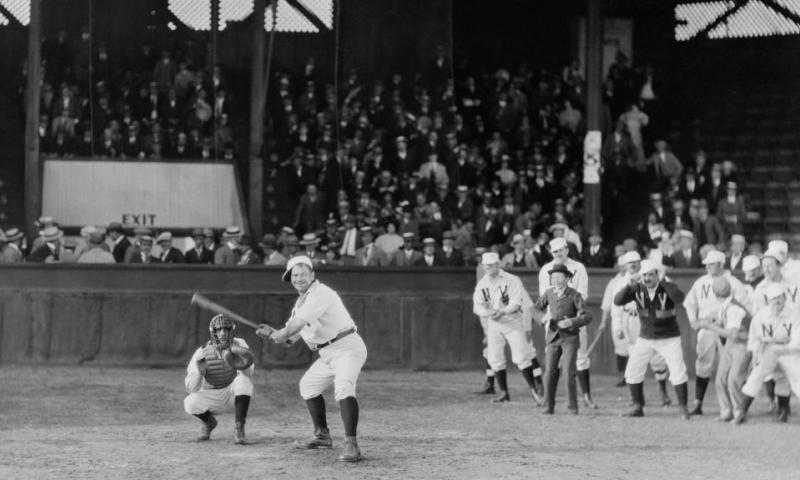The Leverhulme Centre for Demographic Science continues to receive widespread media attention, public and policy impact. For media queries, please contact LCDS.Media@demography.ox.ac.uk.

Baseball and basketball players who peak early, die early
Baseball and basketball players, whose athletic skills peaked earlier or declined faster, had significantly shorter lifespans, according to an innovative study by Dr Saul Newman from Oxford’s Leverhulme Centre for Demographic Science published in Science Advances.

US gun violence: half of people from Chicago witness a shooting by age 40, study suggests
A new study by the Leverhulme Centre for Demographic Science alumni Dr Charles Lanfear and Associate Member Professor David Kirk has found that 56% of Black and Hispanic residents from across Chicago have witnessed at least one shooting by the time they turned forty.

'Evening shifts can be bad for your health... but night owls might have in-built protection'
This news story summarises research from the Centre's Director Professor Melinda Mills, Dr Evelina Akimova, and Dr Xuejie Ding which finds that having the genetics of a night owl protects night shift workers against sleep loss.

How ‘feckless’ men are pushing more and more women towards IVF
How do declining birth rates affect dating and family formation? Associate Member and Professor of Sociology and Demography Christiaan Monden explains how people are much more likely to live with or marry somebody of relatively similar educational level in this The Telegraph article by Eir Nolsøe.

Using social media activity to monitor and respond to population displacement in Ukraine
A new study by Oxford’s Leverhulme Centre for Demographic Science estimates that 5.3 million people in Ukraine were internally displaced in less than three weeks following Russia’s invasion on 24 February 2022. Read the news article here.

Study reveals new insights into what caused the 1920 baby boom
This study, led by the Centre's Hampton Gaddy, finds that the 1918 influenza pandemic had a much longer negative effect on fertility than previously thought. The results, published in the journal Population Studies, change our understanding of the social and demographic history of the 1918 pandemic.




